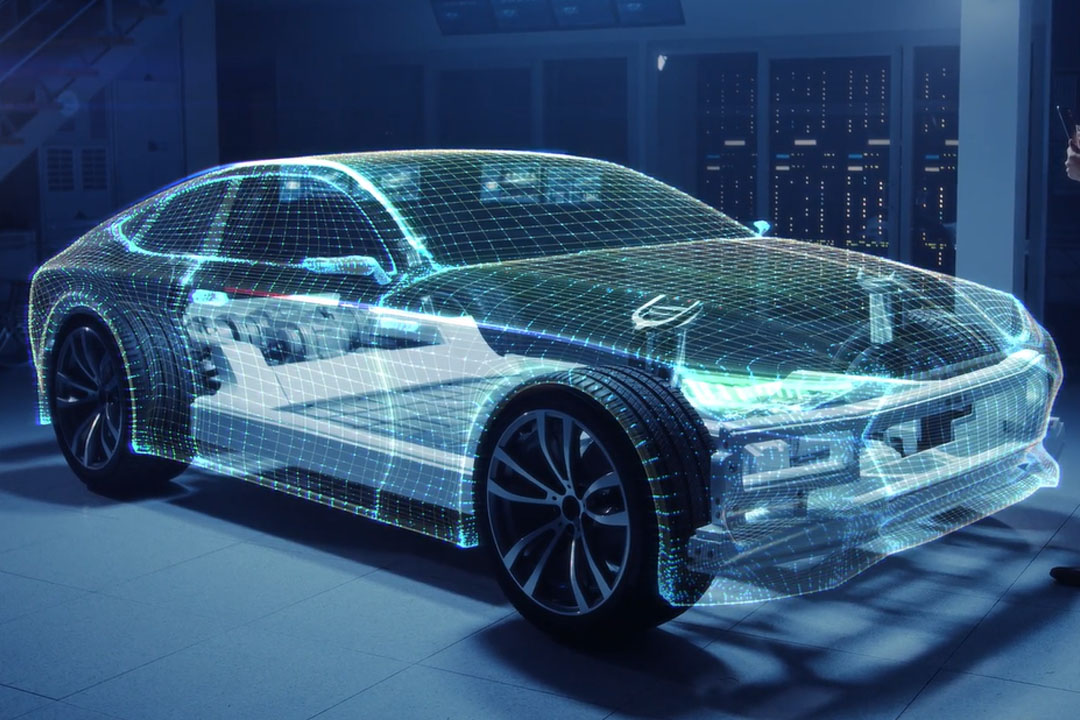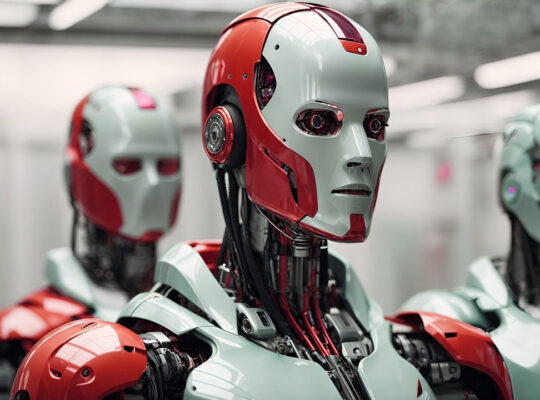Introduction:
The automotive industry a dynamic realm of constant evolution has been at the forefront of technological advancements that shape the way we move and experience the world. As we stand on the brink of a new era this article explores the current trends and future possibilities that define the landscape of automotive innovation.
Electric Revolution:
One of the most transformative shifts in the automotive industry is the widespread adoption of electric vehicles (EVs). As concerns about climate change and sustainability take center stage automakers are investing heavily in electric propulsion technology. From established players to emerging startups the race to produce efficient affordable and long-range electric vehicles is reshaping the market. The push for EVs is not only an environmental imperative but also a driver of innovation pushing the boundaries of battery technology charging infrastructure and energy efficiency.
Autonomous Driving:
The dream of self driving cars is becoming a reality with advancements in autonomous driving technology. Companies like Tesla Waymo and traditional automakers are investing heavily in developing systems that can navigate roads with minimal human intervention. The promise of increased safety reduced traffic congestion and improved accessibility for people with mobility challenges are driving the pursuit of fully autonomous vehicles. However questions about regulatory frameworks ethical considerations and the readiness of the technology for widespread adoption remain key challenges to be addressed.
Connectivity and IoT Integration:
The automotive industry is not just about getting from point A to B its about staying connected throughout the journey. The integration of Internet of Things (IoT) technology is turning cars into smart connected devices. From in car infotainment systems to real-time traffic updates and vehicle to vehicle communication connectivity is enhancing the overall driving experience. As cars become more connected the potential for data driven insights predictive maintenance and personalized services is expanding ushering in a new era of intelligent transportation.
Advanced Materials and Lightweighting:
In the pursuit of efficiency and sustainability automakers are exploring advanced materials to make vehicles lighter without compromising safety. Lightweighting not only improves fuel efficiency in traditional internal combustion engine vehicles but is also crucial for optimizing the range of electric vehicles. Materials such as carbon fiber, aluminum, and high-strength steel are becoming integral to the design and manufacturing processes, contributing to the development of more environmentally friendly and energy-efficient automobiles.
Rise of Mobility as a Service (MaaS):
The traditional model of car ownership is undergoing a transformation with the rise of Mobility as a Service (MaaS). The concept of MaaS envisions a future where individuals rely on a mix of transportation services, including ride-sharing, public transit, and on-demand mobility solutions, instead of owning a personal vehicle. This shift is driven by urbanization trends, environmental concerns, and the desire for more flexible and cost-effective transportation options. Companies like Uber, Lyft, and emerging autonomous ride-hailing services are at the forefront of this transformative shift in how we think about mobility.
Augmented Reality and Human-Machine Interface:
The way we interact with vehicles is evolving with the integration of augmented reality (AR) and advanced Human-Machine Interface (HMI) technologies. From heads-up displays that provide real-time information on the windshield to voice-activated controls and gesture recognition systems, the focus is on creating a more intuitive and user-friendly driving experience. These technologies not only enhance safety by reducing distractions but also contribute to a more seamless integration of technology into our daily lives.
Conclusion:
As we look to the future of automotive innovation, it’s clear that the industry is on the cusp of a transformative era. From the electrification of vehicles to the development of autonomous driving systems and the evolution of mobility services, the automotive landscape is undergoing a profound shift. This shift is not only driven by technological advancements but also by a collective commitment to sustainability, safety, and enhanced user experiences. As we navigate the roads of tomorrow, the automotive industry will continue to be a driving force behind the progress that shapes the way we live, work, and explore the world













